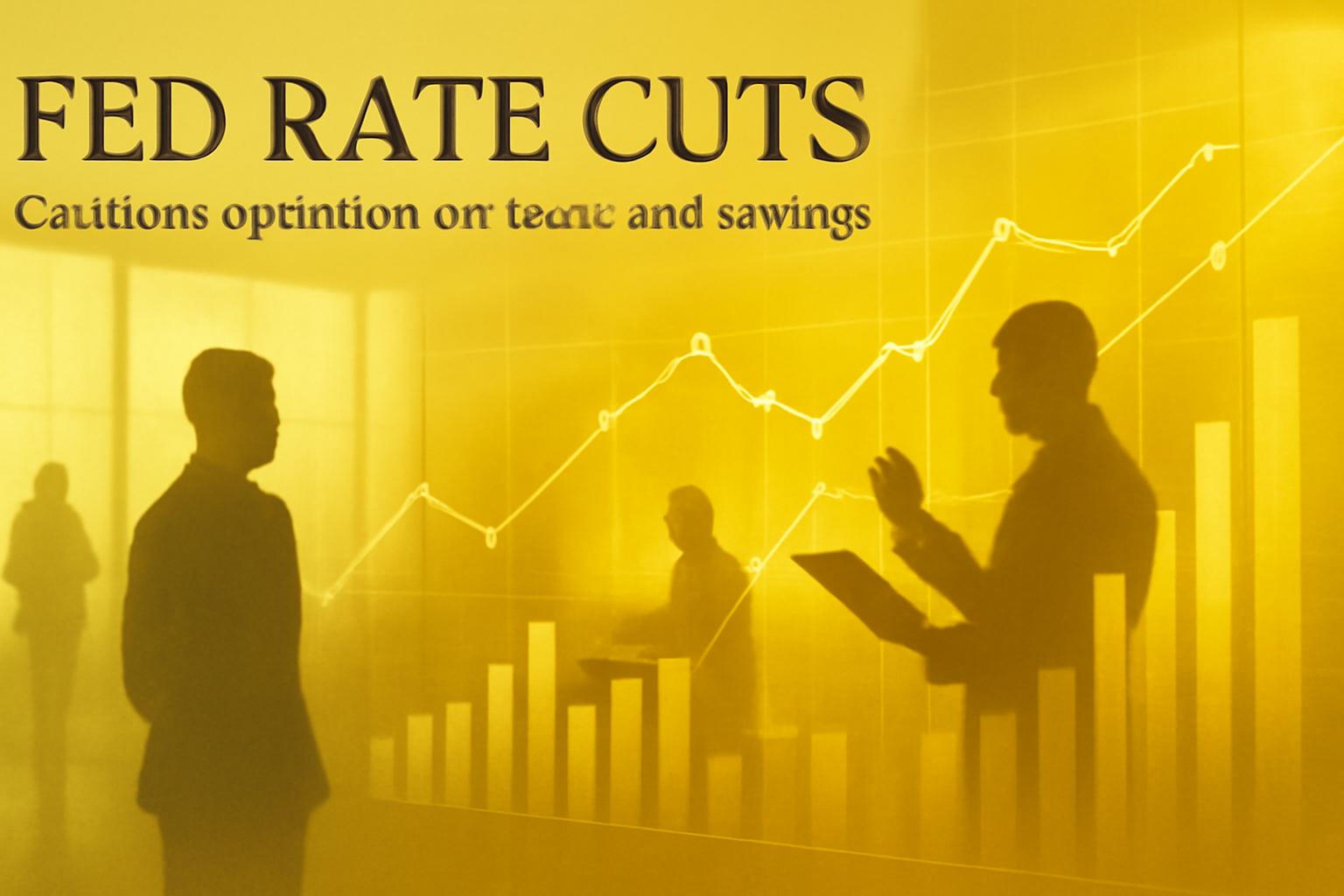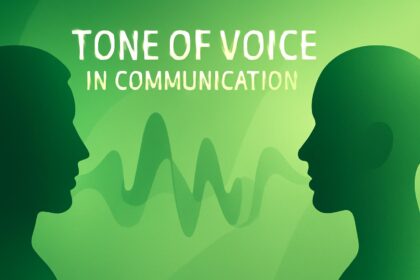Federal Reserve’s Latest Rate Cut and Economic Context
On Wednesday, the Federal Reserve lowered the federal funds rate by 25 basis points, bringing the target range to 3.75%–4.00%. This marks the second consecutive rate cut amid growing calls from political leadership to ease borrowing costs and stimulate economic activity. The federal funds rate influences the cost at which banks lend to each other overnight and indirectly affects a wide array of consumer borrowing rates. While not directly paid by consumers, changes to this benchmark ripple through credit cards, mortgages, auto loans, student debt, and savings yields.
Credit Card Rates: Minor Relief Amid Persistently High APRs
Credit cards remain a primary form of unsecured debt, with approximately 60% of users carrying balances month to month. Currently, credit card interest rates average over 20%, near historic highs. Because most credit cards have variable rates tied closely to the prime rate—which itself tracks the federal funds rate plus about three percentage points—a Fed rate cut typically leads to a reduction in credit card APRs within a billing cycle or two. However, the impact tends to be modest.
“A quarter-point rate cut is good, but it doesn’t really change a lot for people carrying a balance on their credit card,” said Stephen Kates, financial analyst at Bankrate. “Savings on interest charges amount to dollars per month, which is meaningful but limited.”
For example, a borrower with $7,000 in credit card debt at a 24.19% APR paying $250 monthly may save around $61 over the lifetime of the loan after a quarter-point cut.
Mortgage Rates: Fixed Loans Unchanged, Adjustable Loans May Benefit
Mortgage debt represents the largest portion of consumer debt but is less directly affected by Fed rate changes. Fixed-rate mortgages, including 15- and 30-year loans, maintain their set interest rates for the loan term. However, adjustable-rate mortgages (ARMs) and home equity lines of credit (HELOCs), which are linked to the prime rate, tend to adjust more rapidly to changes in the Fed’s benchmark. Michele Raneri, VP and head of U.S. research at TransUnion, noted, “Another 25-basis-point cut could reduce monthly payments on a $350,000 mortgage at 6.75% by nearly $150, easing household budget pressures.”
Auto loans, typically fixed-rate, are less sensitive to immediate Fed cuts. Nonetheless, declining borrowing costs may enhance consumer confidence and prompt lenders and automakers to introduce more competitive financing offers. Joseph Yoon, consumer insights analyst at Edmunds, explained, “While monthly payments may not drop dramatically, the rate cut signals potential upcoming incentives, particularly as the holiday season approaches.”
Student Loans: Fixed Federal Rates Stable, Variable Private Loans May Adjust
Federal student loan interest rates are fixed annually and thus unlikely to change immediately with the Fed’s rate cut. Private student loans with variable rates tied to Treasury yields or other benchmarks, however, may see interest reductions. Refinancing federal loans into private loans to capitalize on lower rates involves trade-offs, as federal loans offer superior protections like income-driven repayment and forgiveness options.
Savings Accounts: Yields Expected to Decline, Lock in Rates Soon
Savers should anticipate declining yields on high-interest savings accounts and certificates of deposit as the Fed continues to cut rates. LendingTree’s Matt Schulz advises locking in current rates, which still exceed inflation, while they remain available.
FinOracleAI — Market View
The Federal Reserve’s recent rate cut signals a cautious approach to support borrowing and economic activity amid persistent pressures. While the immediate impact on consumer borrowing costs is modest, especially for fixed-rate products, variable-rate debt holders stand to gain some relief.
- Opportunities: Lower monthly payments on adjustable-rate mortgages and HELOCs; improved consumer confidence potentially boosting auto sales; modest interest savings on credit card debt; chance for savers to lock in attractive yields before further declines.
- Risks: Persistently high credit card APRs despite cuts; fixed-rate loan holders see no immediate benefit; declining savings yields may reduce income for risk-averse investors; potential erosion of federal student loan protections if refinancing into private loans.
Impact: The rate cut provides incremental financial relief for variable-rate borrowers and may stimulate consumer spending, but fixed-rate debt holders and savers face limited immediate benefits. Market participants should prepare for a gradual adjustment in rates across lending and saving products.













